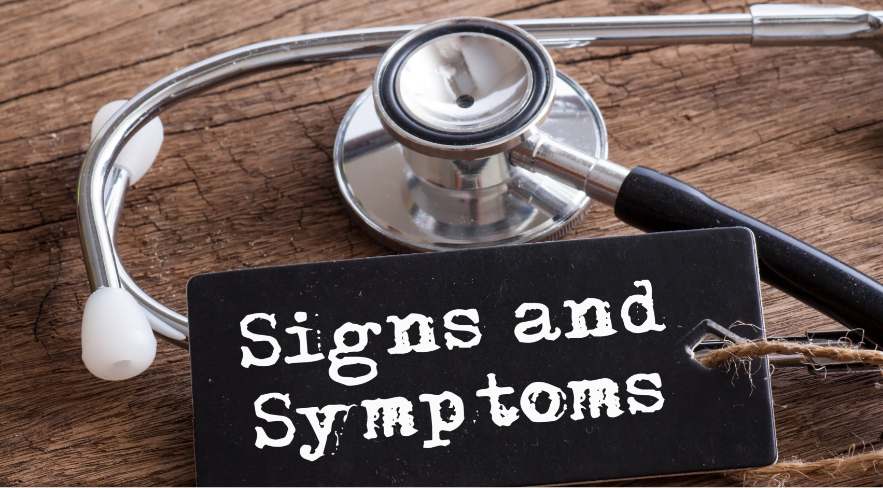SIGNS &
SYMPTOMS
A TN diagnosis falls into two categories: Primary or Secondary TN.

PRIMARY TN
This is subdivided into Classical and Idiopathic TN, depending on the results of an MRI scan:
Classical TN
This is caused by a blood vessel or vessels compressing the trigeminal nerve as it enters the brainstem, causing damage to the nerve. The constant rubbing and pulsating of the blood vessel(s) causes loss of the myelin sheath surrounding the nerve leading to erratic messages being transmitted along the nerve fibres, i.e. ‘cross talk’ between light touch and pain fibres. The majority of TN cases are caused this way.
Idiopathic TN
In this type there is either no compression of the trigeminal nerve or the compression is not causing any obvious damage to the nerve. In other words, the cause of the TN symptoms is unknown (which is the meaning of idiopathic).
SECONDARY TN
This is where the cause is major nerve disease due to a tumour or multiple sclerosis (MS) for example. This is the least common type of TN.
SIGNIFICANCE OF TN CLASSIFICATION
Identification of the cause (where possible) and correct classification of the TN is important as it can guide treatment, especially surgical. MRI is therefore important to look for trigeminal nerve compression and damage and to rule out other conditions such as tumours and MS. Some people describe a less severe pain of a different character e.g. aching or burning, felt after the main attack and which can linger on for minutes, hours or even days. This has been variously called Type 2 or more recently concomitant pain and can occur in any of the above TN types. Trigeminal Neuralgia is different to painful trigeminal neuropathy. The latter is a pain syndrome which has resulted from injury to the trigeminal nerve, causing pain with numbness. Examples of causes are surgery involving the teeth or sinuses, infections or trauma to the face and head.

TRIGGERS
Despite differences in cause, these types of TN generally have similar symptoms and most have clearly identifiable triggers which can provoke pain attacks. These triggers can include:

AIR ON FACE

EXPOSURE TO COLD

LIGHT TOUCH TO THE FACE

TALKING OR SMILINING

EATING & SWALLOWING

YAWNING

FACE WASHING OR SHAVING





